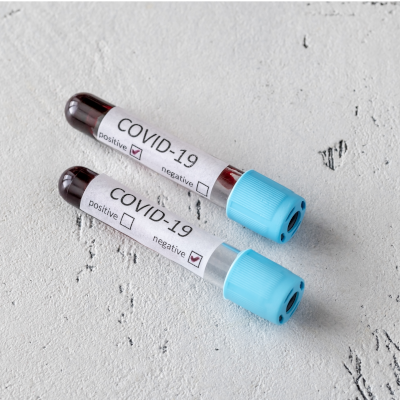On March 11 of last year, the World Health Organization declared the novel coronavirus (COVID-19) outbreak a global pandemic. It has been a whirlwind of change since then, with every aspect of life impacted, from family, work, school, shopping to interactions with people, and health care most of all. 
During the pandemic, laboratories played a significant role, providing test upon test to aid in the identification and diagnosis of patients infected by the severe acute respiratory syndrome coronavirus 2 (SARS-CoV-2) virus. As a crucial component of lab data interoperability, the Regenstrief Institute maintains and supports LOINC, a publicly available code system for identifying laboratory and clinical observations. LOINC is the preferred code set for laboratory test names in transactions between health care facilities, laboratory testing devices and public health authorities.
Typically, LOINC publishes a new version twice a year in June and December.
The pandemic caused an overwhelming public health demand for new LOINC codes, resulting in an increase in pre-release “Special Use” codes. This process has required considerable resources and the diversion of staff from other priorities. The Office of the National Coordinator for Health Information Technology (ONC) was already working with the Regenstrief Institute to improve LOINC interoperability efforts, and they awarded additional time-sensitive support to:
1) Enable the rapid development of SARS-CoV-2 LOINC codes and associated mapping services;
2) Upgrade technical infrastructure necessary to support IVD (in vitro diagnostics test kit) manufacturers, laboratories
and other entities in testing efforts; and
3) Facilitate terminology standardization.
Since the start of the pandemic, the Regenstrief Institute has released 113 LOINC codes related to COVID-19 and the SARS-CoV-2 virus. Requests pertaining to COVID-19 are escalated to the front of the submission queue and new LOINC codes are often created within 7 days of request.
Through this collaboration, the Regenstrief Institute and ONC were able to determine the following limitations to the use of LOINC:
- Time, expertise and effort needed to use LOINC (particularly in mapping LOINC codes)
- Limited LOINC “coding at the source” which increases the need for downstream mapping
- Complexity and granularity of LOINC codes which poses a challenge to consistent use across organizations
- Uncertainty about which LOINC code to use (expertise is needed to recognize the specificity of each code)
- Lack of availability of best practices or guidance/resources on using LOINC
- The timely availability of LOINC codes
The Regenstrief Institute provides as much guidance as possible with LOINC mapping guidelines to help labs choose the correct LOINC terms and has enhanced descriptions of LOINC codes to allow users to make a more informed decision. A re-vamp of the LOINC browser (currently in beta testing) shows an improved user interface for querying LOINC. Turnaround time for creating new LOINC codes specifically for COVID-19 codes has decreased with the additional support and resources. What usually takes 127 days to process now takes a much shorter period.
ONC and the Regenstrief Institute have announced that an environmental survey coming this spring will be used to obtain feedback on challenges regarding laboratory data interoperability. Please encourage your organization’s laboratory to respond to the survey. Their responses will provide direction to ONC and the Regenstrief Institute, and help measure the impact of their efforts to reduce barriers to LOINC usage across stakeholders. You can provide suggestions prior to the survey on ONC’s Health IT Feedback and Inquiry Portal. With continued support and guidance, perhaps this alliance will prove to be a model for laboratory interoperability worldwide!
The post What’s up with ONC: Joining forces with LOINC to support public health needs during the pandemic appeared first on 3M Inside Angle.


